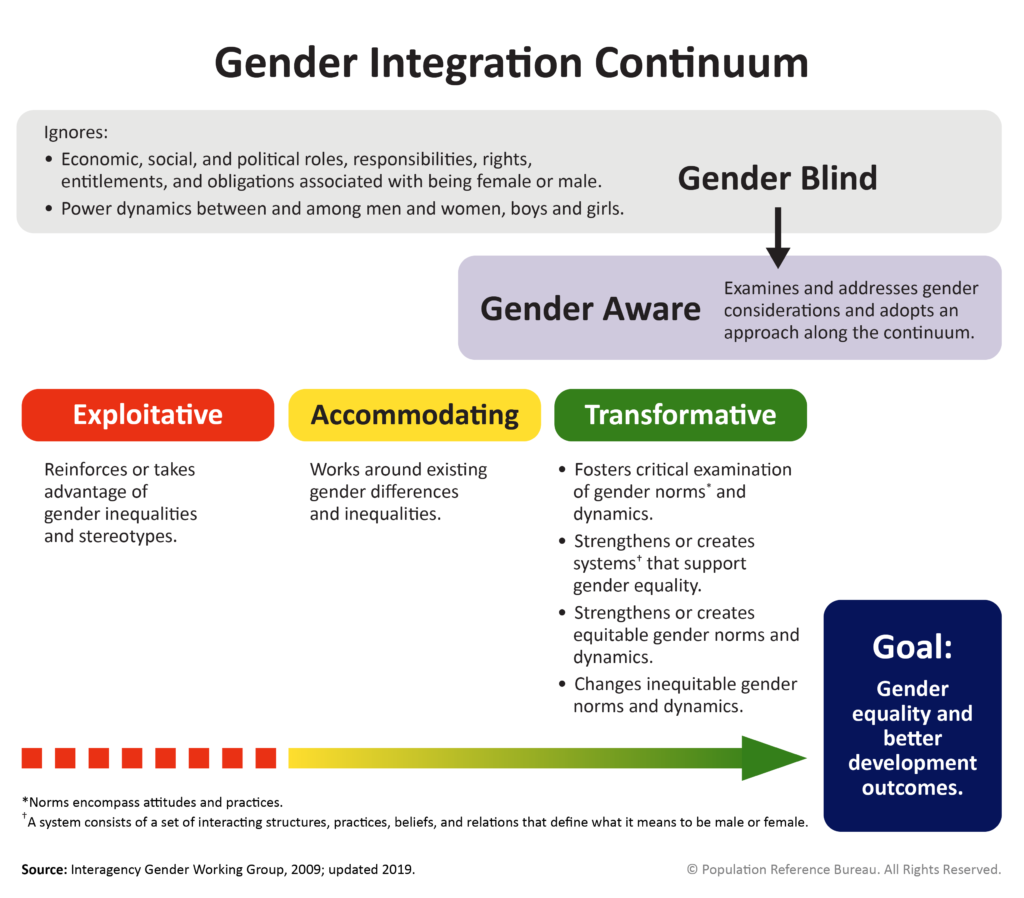Intimate Partner Violence and Family Planning
Developed for this 25th anniversary of the 16 Days of Activism against Gender-Based Violence campaign, this infographic explores the intersection of intimate partner violence and family planning.
Our training materials can be used to introduce a broad range of audiences and backgrounds to important concepts related to gender and health. Each training course focuses on one of five themes that complement the CORE Gender 101 agenda: Gender Integration, HIV + Sexuality, Safe Motherhood, Gender-Based Violence, and Constructive Male Engagement. The courses are designed to meet the geographic and technical needs of cooperating agencies, USAID Missions, and specific projects. Materials range from basics such as using a shared gender vocabulary and programmatic guidance, to user guides on how to conduct a gender analysis, to exercises for gender trainings. The trainings are geared to be used by anyone and with any audience, even those learning about gender for the first time!
Our popular Gender Integration Continuum framework is an important tool to assess how programs do (or do not) address gender and move them toward more gender-transformative actions. An updated User’s Guide for facilitating training on use of the continuum is available, along with other materials.
Developed for this 25th anniversary of the 16 Days of Activism against Gender-Based Violence campaign, this infographic explores the intersection of intimate partner violence and family planning.
Study summary highlighting different strategies to improve how family planning programming can better address the contraceptive needs of men.
"Family planning saves lives" is a simple health prescription that resonates globally. A critical challenge is to ensure that policies and programs embrace the well-established benefits of enabling women to choose whether and when to become pregnant—actions and values that are integral to human rights. Policymakers should be asking, "What do human rights mean in relation to family planning, how do we incorporate them into our country family planning and development plans, and why is that important?"

